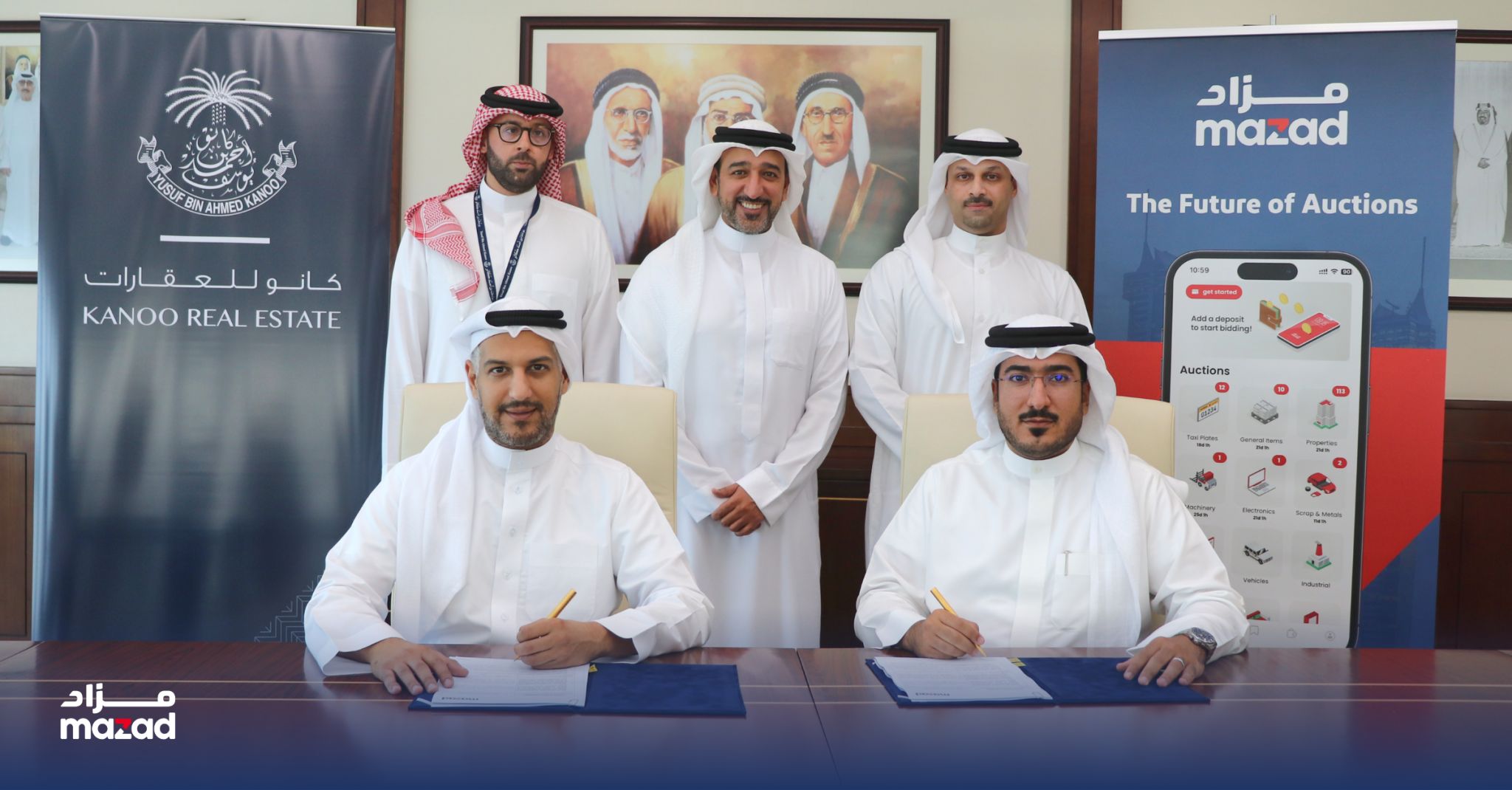Federal Government aims for 1.2 million new homes
The announcement is the latest in State and Federal Government attempts to address the entrenched housing crisis
The Federal Government is seeking to break the deadlock on the housing crisis, committing to 1.2 million new ‘well-located’ homes over the next five years.
The announcement follows a meeting of the National Cabinet in Brisbane yesterday and represents an additional 200,000 homes over the National Housing Accord agreed by states and territories last year. The plan will come into effect from July 1 next year.
To incentivise states and territories to undertake reforms and boost housing supply, the Commonwealth has created the New Home Bonus, a $3 billion performance-based fund.
Labelling it as an ‘ambitious’ target, the Office of the Prime Minister said in a statement it would be supported by a $500 million Housing Support Program aimed at areas such as connecting essential services and delivering amenities to support new housing development.
Part of the strategy agreed to at yesterday’s meeting also includes a National Planning Reform Blueprint, which covers off targets for housing supply as well as promoting medium and high density housing. Reforms to address delays with development approvals are also included in the blueprint.
The blueprint also addresses the rights of renters, with plans for a consistent policy around evictions, rent increases as well as a ban on soliciting rent bidding. Better regulation of short-stay residential accommodation is also on the agenda.
Chris Dixon, a partner who led the charge, says he has a ‘very long-term horizon’
Americans now think they need at least $1.25 million for retirement, a 20% increase from a year ago, according to a survey by Northwestern Mutual
Villa prices saw particularly strong growth, with capital values increasing by 33.4 percent year-on-year
Dubai’s real estate market showed strong performance in the second quarter of 2024, with notable increases across the residential, office, and retail sectors, according to a new ValuStrat real estate report for Q2 2024.
Villa prices experienced particularly strong growth, with capital values rising by 33.4 percent year-on-year.
Haider Tuaima, Director and Head of Real Estate Research at ValuStrat said: “The Dubai real estate market has shown impressive growth and resilience in recent months. The ValuStrat Price Index for Residential Capital Values increased by 6.4 percent quarterly and 28.2 percent annually, reaching 178.2 points.
“Despite severe flooding caused by record rainfalls in April, the quick and effective response from developers and authorities helped to control the damage, ensuring that market activity and property valuations remained robust in the subsequent months.”
The office sector also performed well, with the VPI for office capital values surging by 31.7 percent annually and 9.4 percent quarterly, reaching 212.5 points—the highest quarterly increase in a decade.
In the retail sector, Emaar Properties reported 98 percent occupancy in their prime mall assets, while overall mall occupancy stood at 96 percent during the first quarter of 2024. The hospitality sector also saw growth, with total international guests reaching 8.12 million as of May 2024, a 9.9 percent increase compared to the same period last year. Hotel occupancy reached 81 percent, rising by 1.4 percent year-on-year.
Despite these positive indicators, Tuaima added, “The decline in transaction volumes calls for a closer examination of market dynamics as stakeholders navigate this evolving landscape.”
Chris Dixon, a partner who led the charge, says he has a ‘very long-term horizon’
Americans now think they need at least $1.25 million for retirement, a 20% increase from a year ago, according to a survey by Northwestern Mutual

















